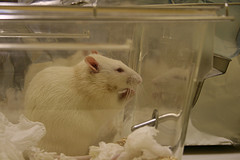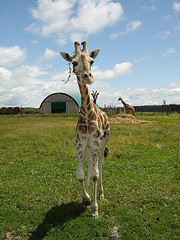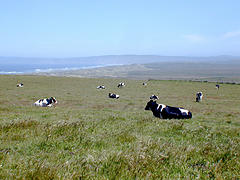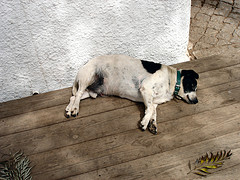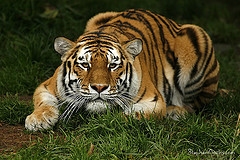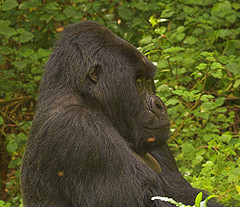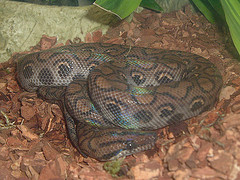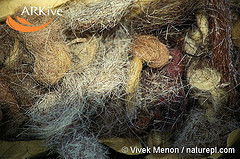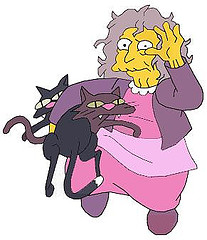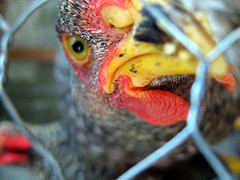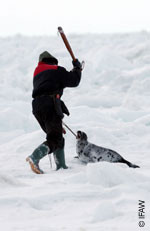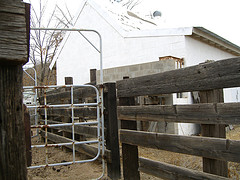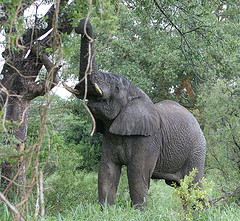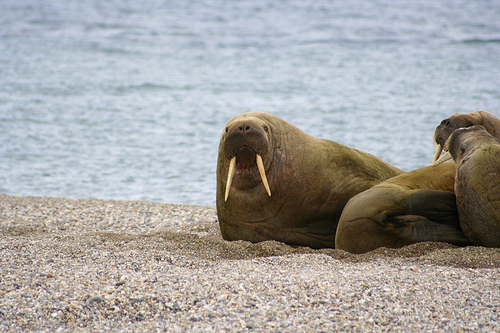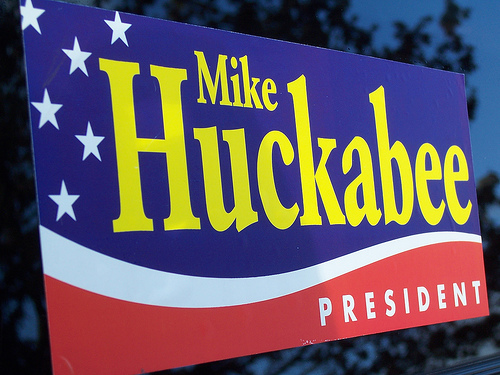I came across this
Op-Ed in the San Francisco Chronicle and feel compelled to address it. I've encountered the same argument at work and I refuse to be silenced by it.
The question stems from the Michael Vick case...does this case show that animal rights are more important than black rights in this country?
The writer, Pamela M. Johnson, is the author and publisher of "From a Hard Rock to a Gem: a Memoir of a Lost Soul."
In American culture, ethnic groups external to African Americans appear to have become more upset over dog fighting than African Americans are. If we were to look at animal welfare rights versus the rights of African Americans, one might conclude the welfare of animals gets more attention in some circles than the welfare of black people in this country. There are more groups fighting for the rights of animals than for the rights of African Americans.
...Killing of animals is more vigorously pursued and more harshly punished than the killing of black people, by both longer sentences and longer probationary periods. The government in this case has shown far more vigor pursuing charges over the death of a dog than solving the serious, often life-threatening, issues affecting black human beings in this country, such as poverty, crime, drug abuse, unemployment and poor schools.
Did Michael Vick make a mistake when he fought dogs? Absolutely - at least, under the law. However, was the 23-month sentence followed by three years supervised probation imposed upon Vick, along with his persuaded consent to deposit nearly $1 million in an escrow account to reimburse costs of caring for the confiscated dogs, excessive? In our society, is a dog's life worth more than a human's - especially a black person's?There is a lot of other stuff in this article that I am going to leave alone. Let me deal with the issue of race though.
It is ridiculous to argue that animal rights are more important than black rights in the United States. All animals come second to human rights. And, to be honest, there are many animal victims that get no attention at all. Look at slaughterhouses, animal research laboratories, and puppy mills. The media hops on issues that they can make a story out of. So if it can create a story with famous characters like Michael Vick, or a heartrending character like an abused dog, then it will do so. It's about the story and what sells.
Now, as for people who come out and rally for animals, yes, there is a special passion for animals. Blacks, children, women, elderly, any of these groups belong in the HUMAN category. This means they can speak. They can vote. They can usually fight back in one way or another. The abuse of an animal is the ultimate abuse of a helpless victim.
As for the complaining that we animal rights people don't care about black rights. My dear, if only I knew who you were. Animal rights people are among the most compassionate in the world. If you feel compassion for an animal, chances are you will feel compassion for fellow human beings. Too bad you didn't speak to these people to see how they vote, who they volunteer with and how they live their lives. You may have been surprised.
Finally, the African American community in the United States must advocate for itself and fight for its rights. It can't simply hide in a corner and complain that the rest of the world cares more about animals than about them. Blacks in the United States must also help themselves. Where is the support of the black middle-class and the black upper classes for these issues listed earlier? Why are there so many black Republicans in this country? Stop pointing fingers and get at some of the real issues.
Finally, compassion should be for all living things, whether human or animal. We are all on this planet together and we are all in big trouble together. Stop trying to make up divisions and controversy where they don't exist.
 I don't eat meat or fish and sometimes shopping can be a little tricky depending on where you shop. I find that the best places to shop for tofu, soy and other meat and dairy substitute products is at Asian supermarkets. Great variety, great prices. But I tend to avoid them because sometimes the meat they do sell is, well, kind of against my principles.
I don't eat meat or fish and sometimes shopping can be a little tricky depending on where you shop. I find that the best places to shop for tofu, soy and other meat and dairy substitute products is at Asian supermarkets. Great variety, great prices. But I tend to avoid them because sometimes the meat they do sell is, well, kind of against my principles.